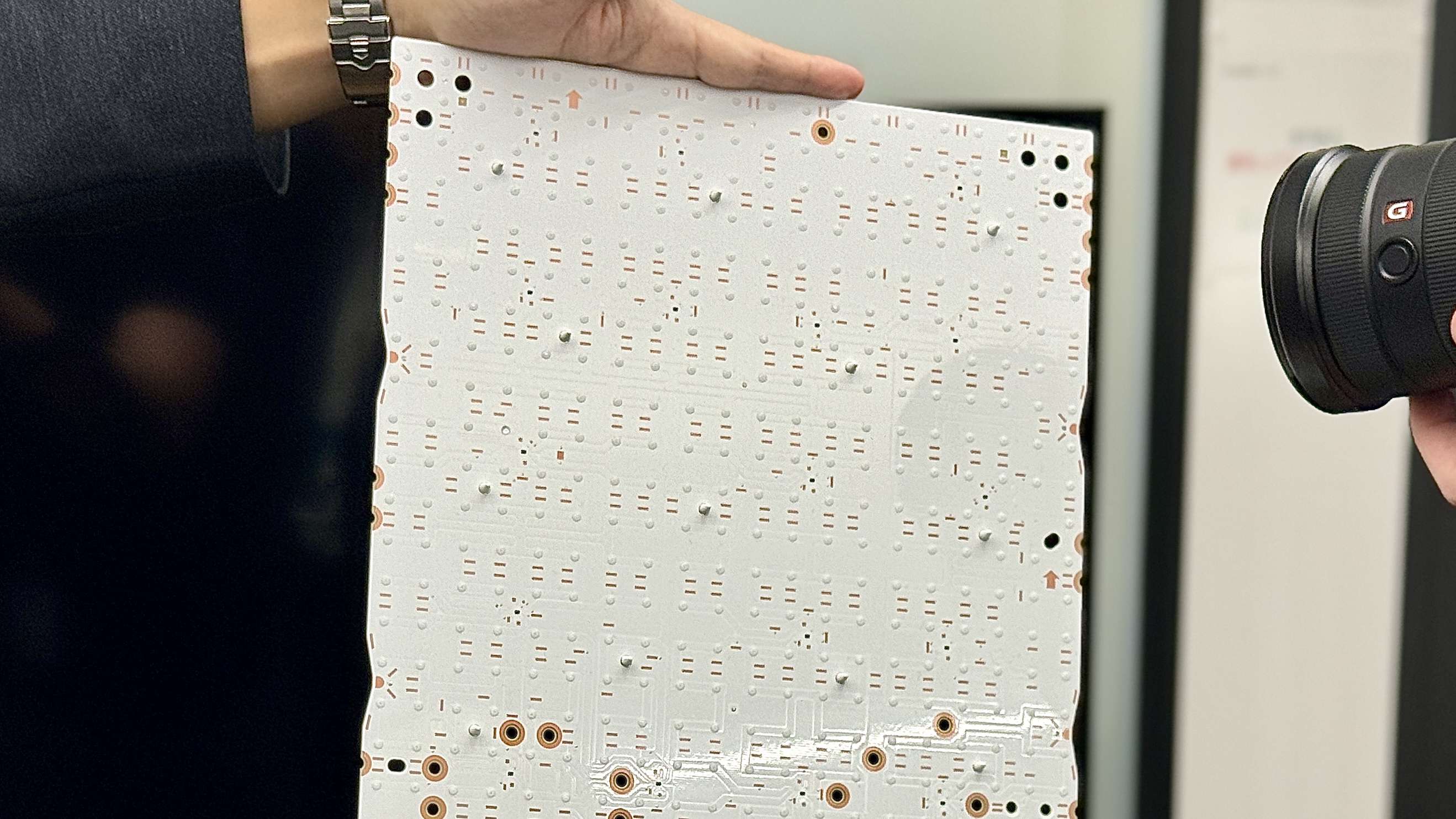I saw the future of Sony’s Mini-LED TVs, and it looks awesome
Sony invited us to its headquarters in Japan to take a look at some prototype technology the company is working on to make some of the best TVs even better. There, we got an exclusive glimpse at the kind of display improvements that could come to Sony TVs down the line.
Sony has set a high bar for itself, after all. Not only was the Sony Bravia XR A95L OLED TV awarded ‘Best 4K TV of the Year’ in the annual Value Electronics TV shootout, but in our own testing, we found that the set is nothing short of spectacular. It particularly impressed us in the sound department, which might be the most underrated reason to buy a Sony TV over every other brand right now.
In addition to seeing a sound-mapping robot in action, we got close up with the Sony BVM-HX3110, the company’s newest professional reference monitor that maxes out at 4,000 nits and costs well over $30,000. This reference monitor will roll out to film studios in the next few years, acting as the authority for producers, editors and colorists as they work on motion pictures.
And while you have to imagine that Sony takes what it learns from developing a professional-grade master monitor into consideration for all its consumer TVs, the most exciting innovation Sony is working on could give the company’s Mini-LED TVs in particular a serious edge. We saw a prototype of new LED drivers in action as part of a demonstration that, essentially, removed the sub-pixels colors to give us a better look at the Mini-LED gradient capabilities.

With a Mini-LED TV, the accuracy of gradations is important. If you look behind the backlight of some TVs, you might see the gradients look somewhat pixelated, like undefined blobs of light. Smaller LEDs with precise control from an advanced TV processor, such as what we witnessed on Sony’s prototype, mean more definition from the backlight. More precision also means a TV can better portray levels of black and dark shades, resulting in better image contrast. Contrast helps an image look more nuanced and realistic, offering a larger range from the brightest part of the scene to the darkest.
To see what the drivers look like in action, you’ll have to check out our full video on YouTube. And be sure to follow along with our CES 2024 coverage for some of the biggest TV news of the year.
Get instant access to breaking news, the hottest reviews, great deals and helpful tips.

Kate Kozuch is the managing editor of social and video at Tom’s Guide. She writes about smartwatches, TVs, audio devices, and some cooking appliances, too. Kate appears on Fox News to talk tech trends and runs the Tom's Guide TikTok account, which you should be following if you don't already. When she’s not filming tech videos, you can find her taking up a new sport, mastering the NYT Crossword or channeling her inner celebrity chef.
